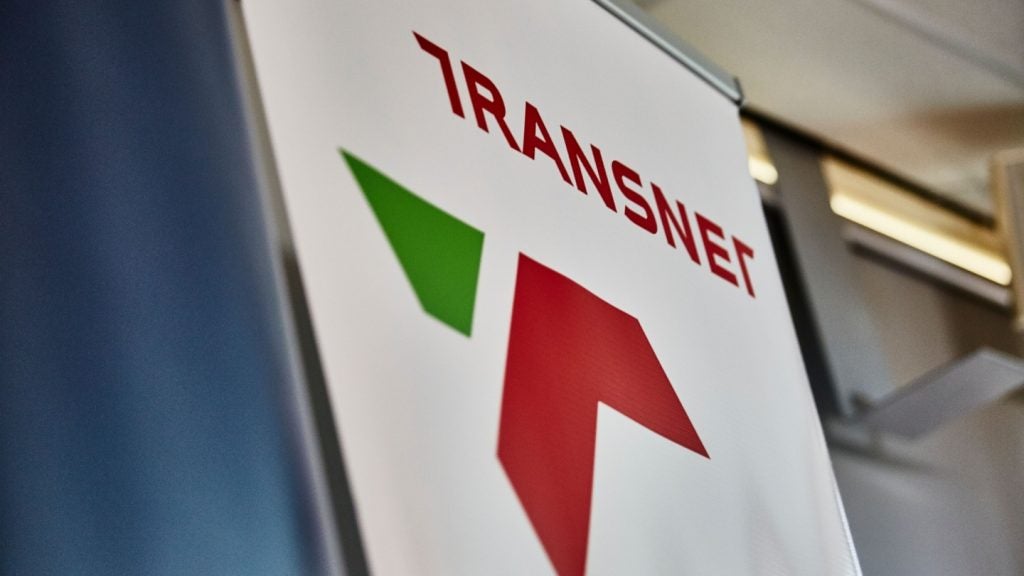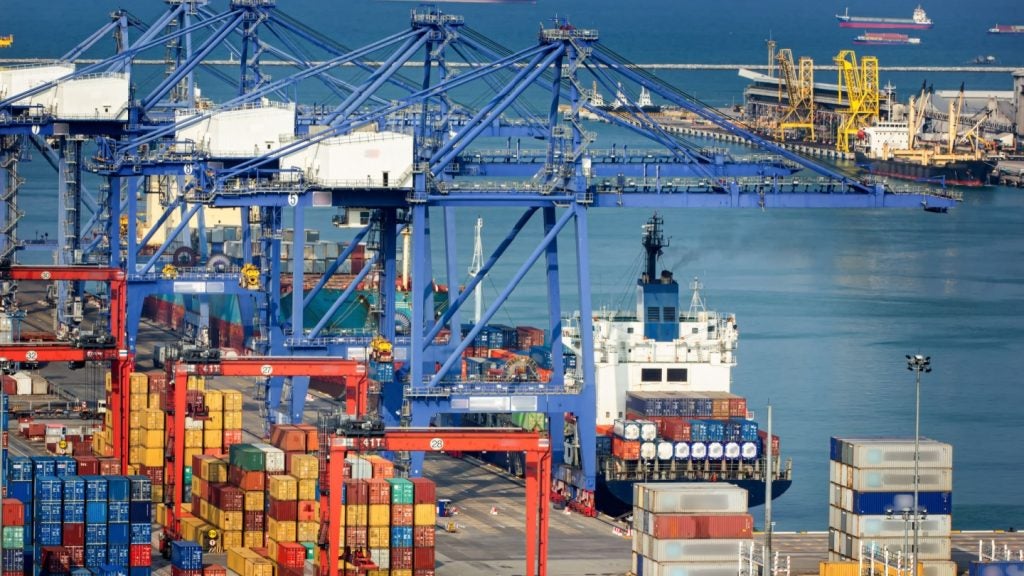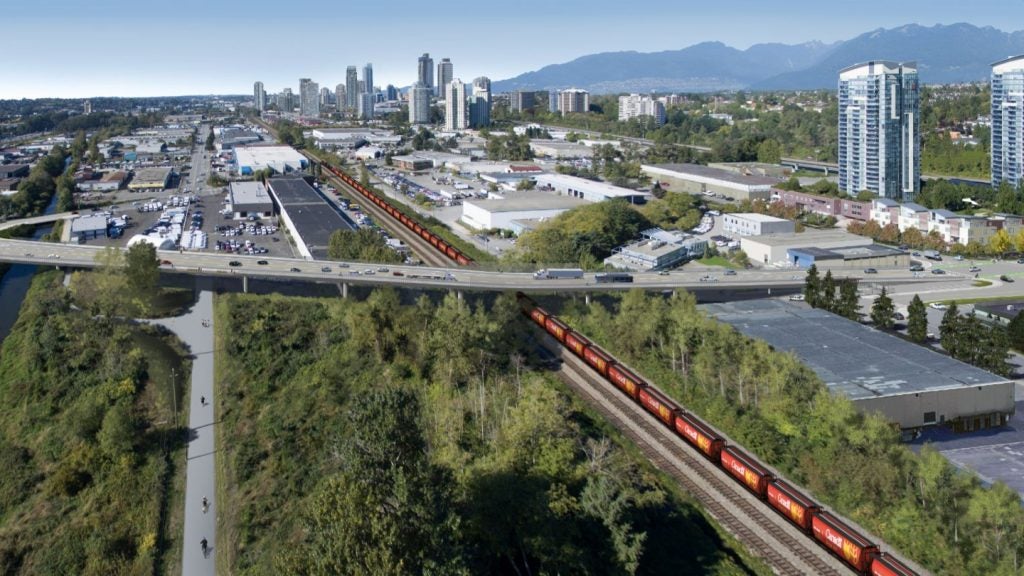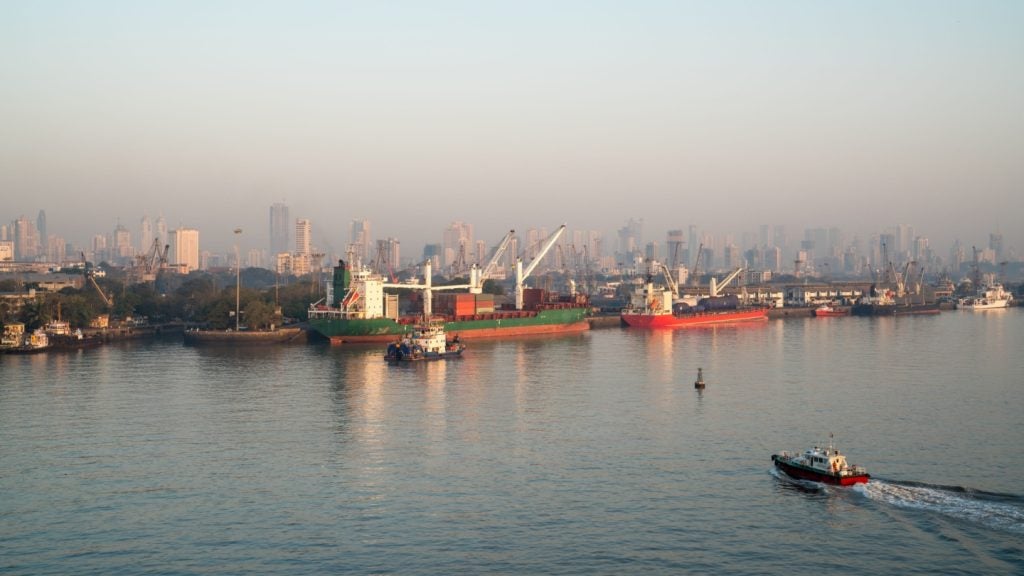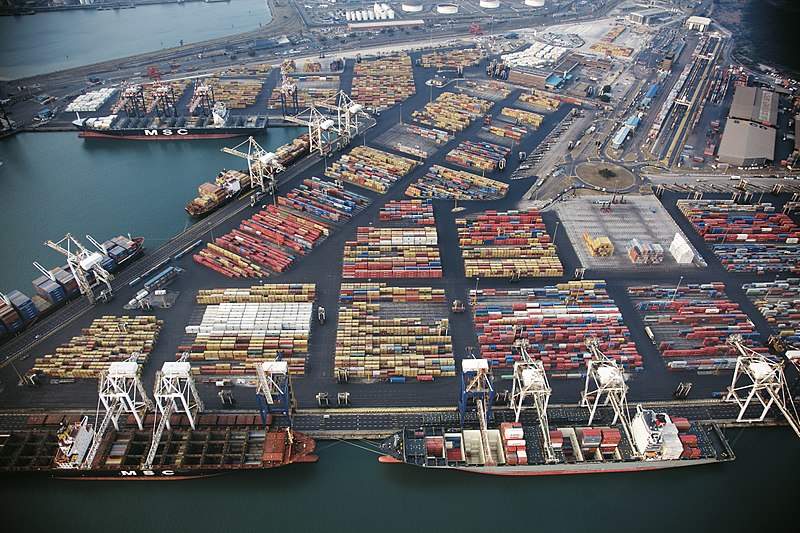
Maritime shipping is the lifeblood of Africa, with over 90% of the continent’s imports and exports transported by sea. In its Integrated Maritime Strategy paper, the African Union called the shipping industry “a new frontier for the continent’s renaissance”.
But despite significant opportunities, Africa still makes up just a small percentage of global trade, with problems persisting at its ports from capacity issues to inefficient handling time, poor security and in some places, corruption.
A recent report by PricewaterhouseCoopers (PwC) has argued that Africa must now take advantage of the economic potential of its ports and shipping sector if it is to realise its growth ambitions.
The company’s analysis shows that a 25% improvement in port performance could increase GDP by 2%. We look at what needs to be done at five African ports vying to become regional shipping powerhouses.
Durban, South Africa
Durban is the largest port and by far the best performer in sub-Saharan Africa. It is rated number one in PwC’s hub attractiveness list for the continent. According to statistics from Transnet National Ports Authority Cargo, a South African government organisation, in 2017 the port catered for 9,821 vessels and processed 22,785,7619 metric tons of cargo.
At the same time, the port remains one of the most expensive in the world and only achieves 75% of the efficiency expected from a major global hub, lagging far behind other world hubs like Rotterdam and Antwerp. The roads around the port also suffer from crippling congestion, according to Transnet, with drivers regularly waiting for hours and sometimes days to access the port.
How well do you really know your competitors?
Access the most comprehensive Company Profiles on the market, powered by GlobalData. Save hours of research. Gain competitive edge.

Thank you!
Your download email will arrive shortly
Not ready to buy yet? Download a free sample
We are confident about the unique quality of our Company Profiles. However, we want you to make the most beneficial decision for your business, so we offer a free sample that you can download by submitting the below form
By GlobalDataNonetheless, South Africa remains the undisputed port leader of sub-Saharan Africa, with Cape Town and Ngqura ranking just behind Durban in PwC’s hub attractiveness index.
Abidjan, Ivory Coast
The Port of Abidjan is the economic hub of the Ivory Coast, generating around 80% of its customs revenues. It is also one of West Africa’s leading commercial ports, serving landlocked countries including Mali, Burkina Faso and Niger.
Built in 1950, the port’s poor infrastructure has struggled to cope with growth in cargo traffic. The country’s 2010-2011 post-election conflict also allowed other regional ports to capture a slice of its traffic.
An expansion project in Abidjan was launched in late 2015 to widen and deepen the canal leading to the main port. Work is also underway to build a second container terminal to increase the port’s cargo capacity and host larger, new-generation ships.
The project is expected to be completed next year and will cost the authorities around $1.2bn. The investment looks like it will pay off, with PwC placing Abidjan in its top three African ports likely to emerge as a hub in the coming years.
Mombasa, Kenya
Kenya has positioned Mombasa as the hub port for East and Central Africa. While its performance has improved over the years, according to PwC, it is underperforming alongside the entire East Africa region.
“East Africa is, in context of Africa, the market that’s the least developed in respect of hub port development,” said PwC Africa transport and logistics leader Andrew Shaw at a press briefing. “We see a bit of a lag in East Africa in terms of investments within the ports and also potentially a lag in involving the private sector.”
In its attempt to become a hub, Mombasa will face stiff competition from Dar es Salaam, the coastal capital of Tanzania, which is vying to serve the same landlocked countries. To help improve port efficiency, Tanzania recently received a $12m grant from the World Bank and $345m in credit for its Dar es Salaam Maritime Gateway Project.
A “massive systems failure” and huge congestion in Mombasa last month paralysed the port’s activities, according to media reports, highlighting some of the problems facing Kenya’s maritime strategy. Nonetheless, with better hinterland connections and larger throughput than Dar es Salaam, PwC researchers are confident Mombasa will reach its goal of becoming the regional hub.
“It is very clear in our minds that Mombasa will come out as a hub port, but it will require government to facilitate investments,” said Shaw. “It will require the private sector to come in and provide very efficient operations.”
Port of Djibouti
Djibouti may be a small country with a population of just 850,000, but it plays a key role as a Western ally in the volatile Horn of Africa region. Now it also wants to play a key role in the region’s shipping industry.
In 2009, the Doraleh Container Terminal (DCT) was built and has since been a major “catalyst for growth”, according to PwC. While Djibouti’s old port lacked capacity and water depth for larger vessels, the government says DCT can now handle 1.6 million TEUs and has a water depth of 18m. The port may be less likely to become a hub than Kenya and Tanzania, but the tiny island is confident it can make its mark.
“We sit on two of the busiest shipping lanes in the world,” said the chairman of the Djibouti Ports and Free Zones Authority, Aboubaker Omar Hadi, in a recent interview with the Associated Press. “We are servicing the wider region, including some of the world’s fastest-growing economies.”
Lagos, Nigeria
Nigeria has a coastline of over 850km and more than 70% of its trade by value is transported on ships. “The importance of the blue economy and in particular, maritime transport for trade and development in Nigeria, cannot be overemphasised,” said Nigeria’s Maritime Administration and Safety Agency in a recent report.
The Port of Lagos is Nigeria’s primary seaport, but like all ports in the country, it faces problems with efficiency. In October 2016, the Lagos Chamber of Commerce and Industry published an analysis on the country’s ports that claimed trillions of Naira in revenue is lost every year due to inefficiencies and infrastructural shortcomings at the nation’s ports.
“The huge infrastructure deficit has led to deplorable access roads, faulty cargo scanner, non-existent rail system, non-functional truck bay and others which conspired to negatively impact on the service delivery efficiency,” said Taiwo Afolabi, executive vice chairman of SIFAX Group, at a conference last year.
“Our sector cannot continue to reel under the burden of infrastructural decay if we want to contribute meaningfully to the economy and fulfil the industry’s potential,” Afolabi added.



